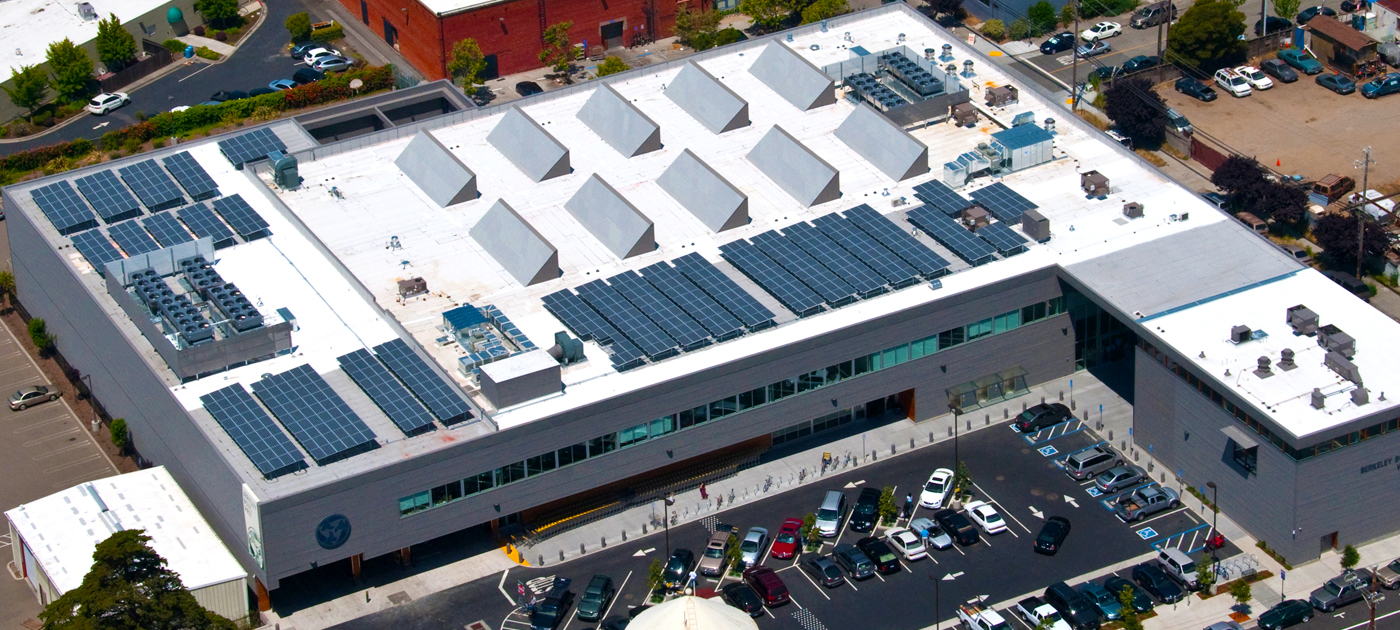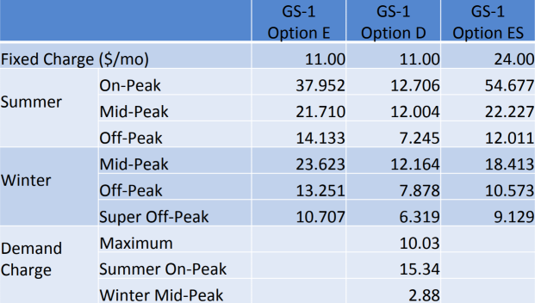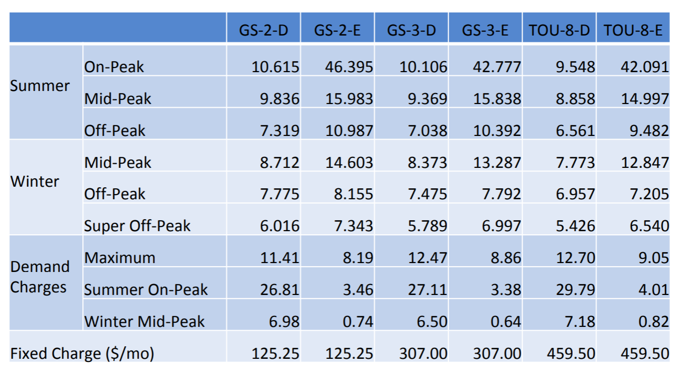Southern California Edison (SCE) is following suit just like the other major IOU’s in implementing new rates for its commercial, residential and agriculture customers. San Diego Gas & Electric shifted its on-peak hours in December of 2017, and Pacific Gas & Electric will shift in October of this year. For SCE, these new rates mean some significant changes to the value of solar and in turn, the way you’re selling projects. Undoubtedly, the biggest change is the fact that the time-of-use (TOU) period will shift to 4-9pm, potentially eroding the value of solar.
These changes are coming, and they’re coming quick. They become voluntary in March and having a thorough understanding of the changes and what the new rates will look like for solar and energy storage projects is crucial to anyone doing business in SCE’s massive territory. The game-changer is being able to model projects with these rates before they’re implemented. Users in Energy Toolbase have been modeling their projects with these proposed rates for months, future-proofing them and getting to know what these rates will do to their proposals in order to accurately present them to customers. To do this, we broke down the major changes that you’ll be seeing within SCE’s new commercial rates once they become voluntary in March. We broke down SCE’s proposed residential rates in another recent blog post.
*Note: each section subtitle is a hyperlink leading you to that topic in our recent ‘SCE 2019 Final Decision Rates’ Webinar
New TOU Periods
The biggest change in these new rates will be the on-peak period shifting to 4-9pm for both commercial and residential rates.
Summer (left)
- During summer weekdays, the on-peak period shifts from 12-6pm
- All remaining hours will be assessed as the off-peak charge
- Weekends during the summer season will now have a mid-peak period from 4-9pm
Winter (right)
- Will have super off-peak period ranging from 8am-4pm
- The super off-peak period will apply to both weekdays and weekends during the winter season in addition to the mid-peak period from 4-9pm
- The highest production is likely to occur during the off and super off-peak time periods. Since these time periods will have the lowest energy charges, customers will ultimately be receiving less when it comes to generation credits.
Commercial Grandfathering
- Initial interconnection applications must have been submitted by December 31, 2017 for public sector customers
- Interconnection applications must have been submitted by January 31, 2017 for private sector customers to qualify
- Grandfathering protection will last for 10 years from when the initial PTO (permission to operate) was issued for commercial customers
- Will not continue past July 31, 2027 for non-public agencies or December 31, 2027 for public agencies
- Option R will be replaced by Option E come March. If your client/customer is eligible for grandfathering, they can still elect service under Option R even if they are not installed before Option R hits its cap.
Small Commercial Rates
For small commercial customers, there are three options to take:
Option E:
- Will replace the current A and R options
- Does not have demand charges
- Will be the “base rate” for TOU-GS-1
- On-peak charge increases by almost 68%
Option D:
- Replaces current B option
- This is an optional rate
- Does have demand charges but the energy charges are much lower
Option ES:
- Does not have demand charges (more favorable for solar)
- The summer on-peak energy charge is significant and has a charge of almost 55 cents per kWh
- 15,000 participant cap
- Customers must have minimum storage capacity equal to or greater of either 4.9 kWh or at least .05% of customers annual usage over 12 months
Medium & Large Commercial Rates
For large commercial customers, there are 3 main rate schedules: TOU-GS-2, TOU-GS-3, and TOU-8. Currently, the applicability for these rates deals with the customer’s monthly max demand: 20 to 200 kW for GS-2, 200 to 500 kW for GS-3, and any customers with a max demand exceeding 500 kW would be under TOU-8. Right now, these rate schedules offer options A, B, and R; again those options are being replaced with Options D and E.
Option D:
- Current Option B becomes Option D
- This will be the default rate
- This rate has higher demand charges but reduced peak energy charges
- Option D rates move the mid-peak demand charge from Summer (current Option B rates) to Winter
Option E:
- Current Options A & R become Option E
- Large commercial grandfathered eligible customers can still choose service under Option R before it hits its cap
- TOU-8 Option E will have a cap of 250 MW and customers will need to have solar, storage or certain EV charging
- Option E will be uncapped for GS-2 and GS-3
Why Energy Storage?
Moving that on-peak period to much later in the day makes these rates very unfriendly to solar. More than ever, storage is going to play a huge role when it comes to avoiding those high peak charges (i.e. energy storage will play a big role for those commercial customers under Option E in avoiding the high summer peak charges). Energy Toolbase has implemented features that allow our customers to incorporate the many aspects of storage into the avoided-cost analysis of their projects. If you’re selling or modeling projects in the SCE territory and you’re not in the energy storage game, there’s no better time than now to start. Storage systems will be extremely beneficial when these new rates roll out by simply hedging against these rates and increasing the annual savings despite the disadvantageous TOU period shift.
Our webinar includes case studies for both commercial and residential projects on how these rates will affect project economics, as well as the benefits of storage when these rates are implemented.




